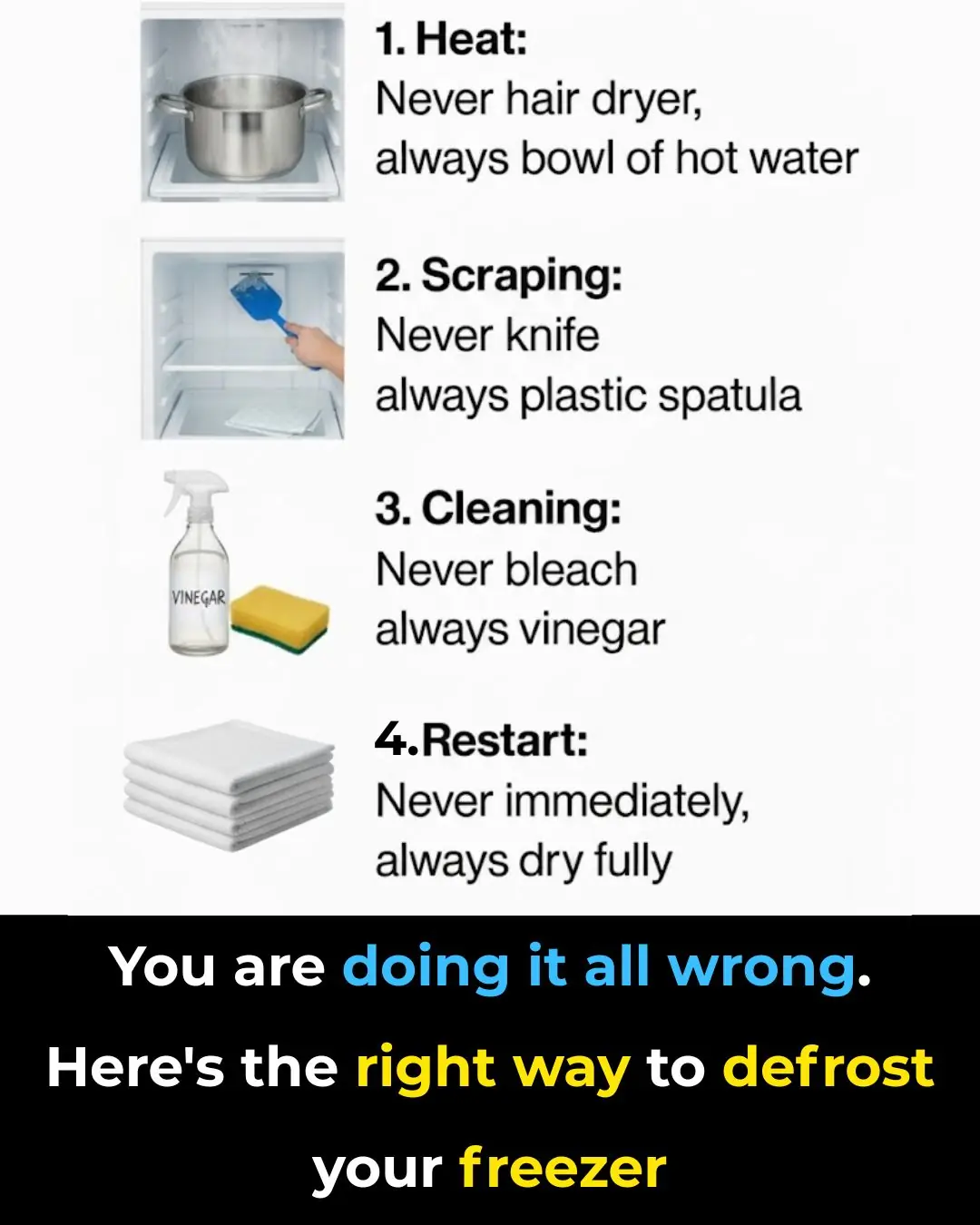
You are doing it all wrong. Here’s the right way to clean your coffee maker
A coffee maker is a staple in countless homes and offices, delivering that essential caffeine boost to kickstart the day. But while most of us focus on brewing the perfect cup, we often neglect one critical detail — the cleanliness of the machine itself. Over time, coffee makers collect mineral deposits, oils, and even traces of mold, all of which can alter the flavor of your brew and potentially impact your health.
Maintaining a clean coffee maker isn’t just about appearance; it’s about ensuring that your coffee tastes great and remains safe to drink. Despite this, many people are unsure of how to properly clean their machines, leading to residue buildup that dulls flavor and fosters bacteria. In this guide, we’ll walk through the best practices for cleaning your coffee maker, highlight common mistakes, and share simple habits to help you keep your machine in peak condition.
1. Understanding the Importance of a Clean Coffee Maker
A clean coffee maker is the secret to a truly satisfying cup of coffee. As time goes on, mineral deposits from water and residues from coffee oils accumulate inside your machine. These buildups can make your brew taste bitter, metallic, or even stale. Worse, they can harbor mold or bacteria — something you definitely don’t want in your morning cup.
Regular cleaning ensures every cup tastes as fresh as the first. According to the National Sanitation Foundation (NSF), coffee makers are among the top five germiest household appliances, often harboring yeast and mold. By keeping yours clean, you’re not just improving flavor; you’re also promoting hygiene, health, and a longer machine lifespan.
2. The Common Mistakes Everyone Makes
One of the biggest mistakes coffee drinkers make is not cleaning their machine frequently enough. Running hot water through it isn’t enough — that only rinses the surface but doesn’t remove mineral scale or oily buildup.
Another mistake is using strong or inappropriate cleaning products, such as bleach or harsh chemicals, which can corrode parts or leave behind dangerous residues. Many people also forget that each component — the carafe, the filter basket, the lid, and the water reservoir — requires separate attention.
Finally, even well-meaning coffee lovers often overuse vinegar or fail to rinse thoroughly afterward, leaving a strong smell and sour taste that can linger for days.
Pro tip: Always check your coffee maker’s manual before cleaning; some machines have delicate parts or coatings that require specific care.
3. How Often Should You Clean Your Coffee Maker?
The frequency of cleaning depends on how often you brew. As a general rule:
-
After every use: Rinse and wash the carafe, lid, and filter basket with warm, soapy water.
-
Weekly: Wipe down the machine’s exterior and remove any visible residue.
-
Monthly: Perform a full descaling cycle to remove mineral buildup.
If you brew several pots a day, consider a biweekly deep clean instead of waiting a full month. Regular upkeep not only keeps your coffee tasting rich and balanced but also helps your machine run more efficiently, preventing clogs and extending its lifespan.
4. Why You Should Always Dilute Vinegar
Vinegar is a classic cleaning hero thanks to its natural acidity, which dissolves mineral deposits and eliminates odors. However, using it undiluted can be too harsh, damaging seals or plastic parts and leaving a strong vinegar scent that’s hard to remove.
Mix vinegar with water in a 1:1 ratio, pour it into the reservoir, and run a full brewing cycle (without coffee). Then, follow with two full cycles of plain water to rinse out any remaining vinegar.
For an even milder option, try mixing 1 part vinegar to 2 parts water if your coffee maker is more delicate or newer. This still cleans effectively but minimizes odor and acidity.
5. The Best Way to Clean Your Coffee Maker’s Carafe
Your carafe is one of the most frequently used — and most neglected — parts of your coffee maker. Coffee oils and dark stains can cling to the glass or stainless steel, dulling the shine and affecting flavor.
To clean it, fill the carafe with warm water and a few drops of dish soap. Let it soak for several minutes, then scrub gently with a soft sponge or bottle brush. Rinse thoroughly.
For tough stains, sprinkle baking soda inside and scrub with a damp sponge to gently lift residue. If you’re dealing with stubborn discoloration, fill the carafe with a mixture of baking soda and hot water, let it sit for 15 minutes, and rinse well.
Avoid abrasive scrubbers, especially on stainless steel carafes, as they can scratch or dull the surface.
6. Proper Maintenance of Coffee Filters
Reusable filters are eco-friendly but require consistent care. After each use, rinse the filter under hot running water to remove leftover coffee grounds. Once a week, soak it in a 50/50 vinegar-water solution for 10–15 minutes to dissolve oils and kill bacteria.
Paper filters, on the other hand, should be discarded immediately after use. Leaving a wet paper filter in the basket can promote mold growth and produce unpleasant smells.
If you notice your reusable filter starting to look dull or warped, it might be time to replace it — even the best filters wear out over time.
7. The Secret to a Sparkling Water Tank
The water tank (or reservoir) is often overlooked, yet it’s one of the most important components to clean. Stagnant water can encourage bacteria or algae growth, especially in warm or humid environments.
To clean it, fill the tank with a vinegar-water mixture (1:1) and let it sit for 30 minutes to break down mineral scale. Use a soft brush or sponge to scrub the interior, rinse thoroughly, and leave the lid open to air-dry completely before refilling.
For added freshness, you can also occasionally wipe the reservoir with a bit of lemon juice — it helps remove odors and leaves a clean scent.
8. The Right Way to Descale Your Coffee Maker
Descaling removes hard water deposits that can clog your machine’s internal tubes. You can use a commercial descaling product or a homemade solution of equal parts vinegar and water.
Run a brew cycle with the solution, pause halfway through, and let it sit for about 15 minutes to dissolve buildup. Then finish the cycle and follow with two cycles of plain water to flush everything out.
Regular descaling — ideally once per month or every 30 brewing cycles — ensures your coffee maker maintains consistent pressure, temperature, and flavor extraction.
9. How to Clean the Exterior
Don’t forget the outside of your coffee maker. It can collect coffee splashes, fingerprints, and dust. Wipe it regularly with a soft, damp cloth and mild dish soap.
For stainless steel models, use a stainless steel polish or a bit of olive oil on a microfiber cloth to restore shine. Avoid bleach or abrasive sponges that can damage the finish. Pay special attention to buttons, hinges, and grooves where grime can accumulate unnoticed.
10. Viral Cleaning Hacks That Actually Work
The internet is full of cleaning hacks — and some really do help! Two of the most effective natural methods involve baking soda and lemon juice.
-
Baking soda acts as a gentle abrasive to lift stains and deodorize your carafe or drip tray.
-
Lemon juice, like vinegar, is acidic and works well for descaling, but leaves behind a fresher scent.
Try mixing lemon juice and water in equal parts, running it through your machine once, and then rinsing twice with clean water. These methods are eco-friendly and safe, perfect for anyone avoiding chemical cleaners.
11. Preventive Tips for Keeping Your Coffee Maker Clean
The easiest way to maintain your coffee maker is to prevent buildup before it starts. Use filtered water to minimize mineral deposits, and always empty the carafe after brewing instead of leaving coffee sitting for hours.
Store your machine in a cool, dry place to discourage mold growth. After each use, wipe down accessible parts and leave the lid open to allow airflow. Once in a while, inspect seals, tubing, and the filter basket for wear or damage.
Finally, develop a simple cleaning schedule — for example, a quick daily rinse, a weekly wipe-down, and a monthly deep clean. A few minutes of care each week can keep your coffee maker running like new and your coffee tasting consistently fresh.
Final Thoughts
Your coffee maker is more than just an appliance — it’s part of your daily ritual. By taking the time to keep it clean and well-maintained, you ensure every cup you brew is aromatic, flavorful, and safe. With these tips, you’ll not only improve the quality of your coffee but also extend the life of your beloved machine — making every sip worth it.
News in the same category


This is new information to me!

You are doing it all wrong. Here’s the right way to store winter coats

You are doing it all wrong. Here’s the right way to clean winter boots

Why should you bury garlic in a rice bin? Special benefits, every home needs it
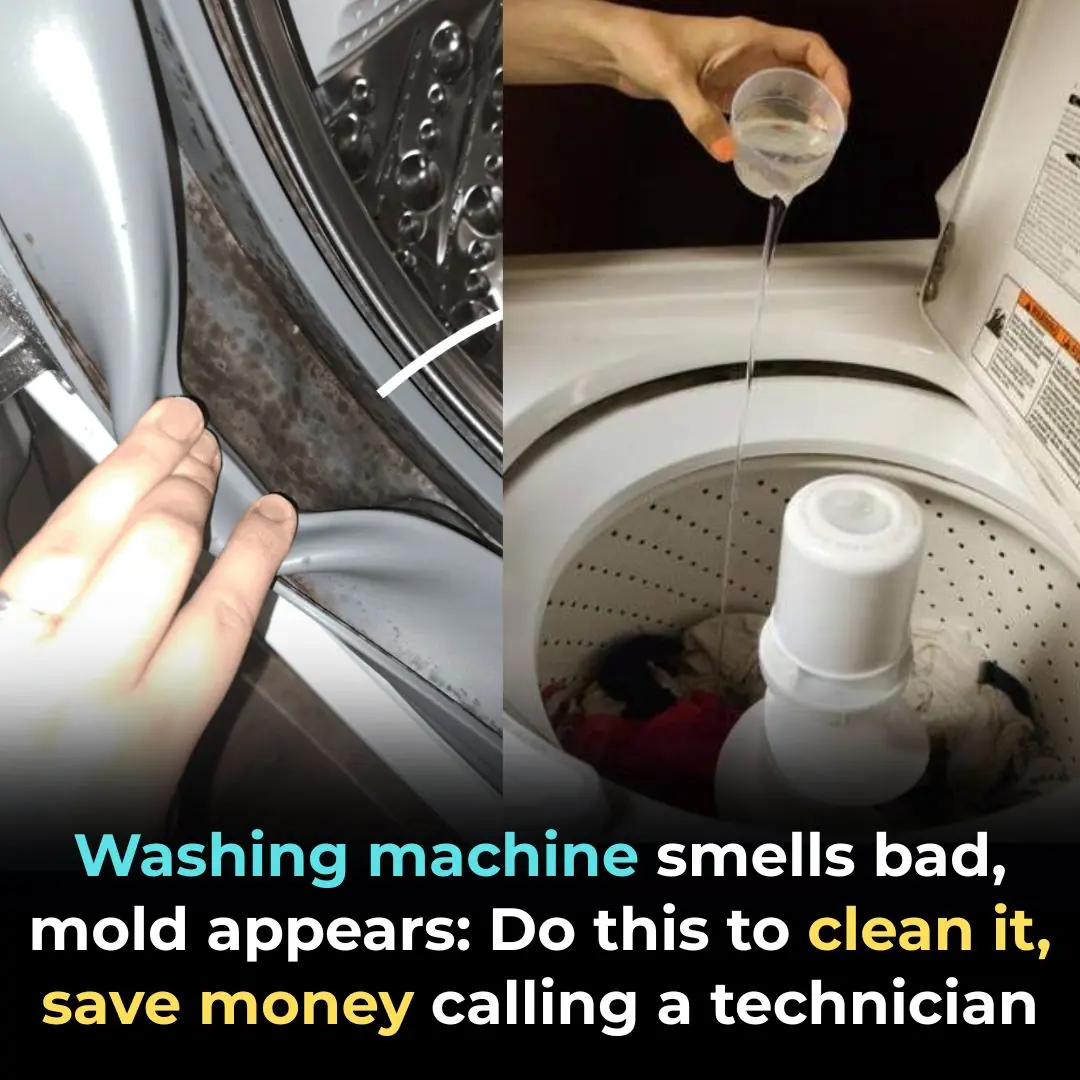
Washing machine smells bad, mold appears: Do this to clean it, save money calling a technician

Rice cookers have 4 places that need to be cleaned regularly, the cleaner they are, the less electricity they use.

Chef reveals: To boil crispy, crunchy, non-bitter white pig intestines, you only need one ingredient.

7 safe and effective ways to get rid of ants from your house. Anyone with a lot of ants should learn from these.

3 ways to make delicious green chili sauce and red chili sauce that everyone can learn

Growing chili peppers with only plain water: The plants are stunted and yellow, using this water will produce heavy fruit.

Tips to drive cockroaches out of your house with easy-to-find ingredients, effective and extremely safe
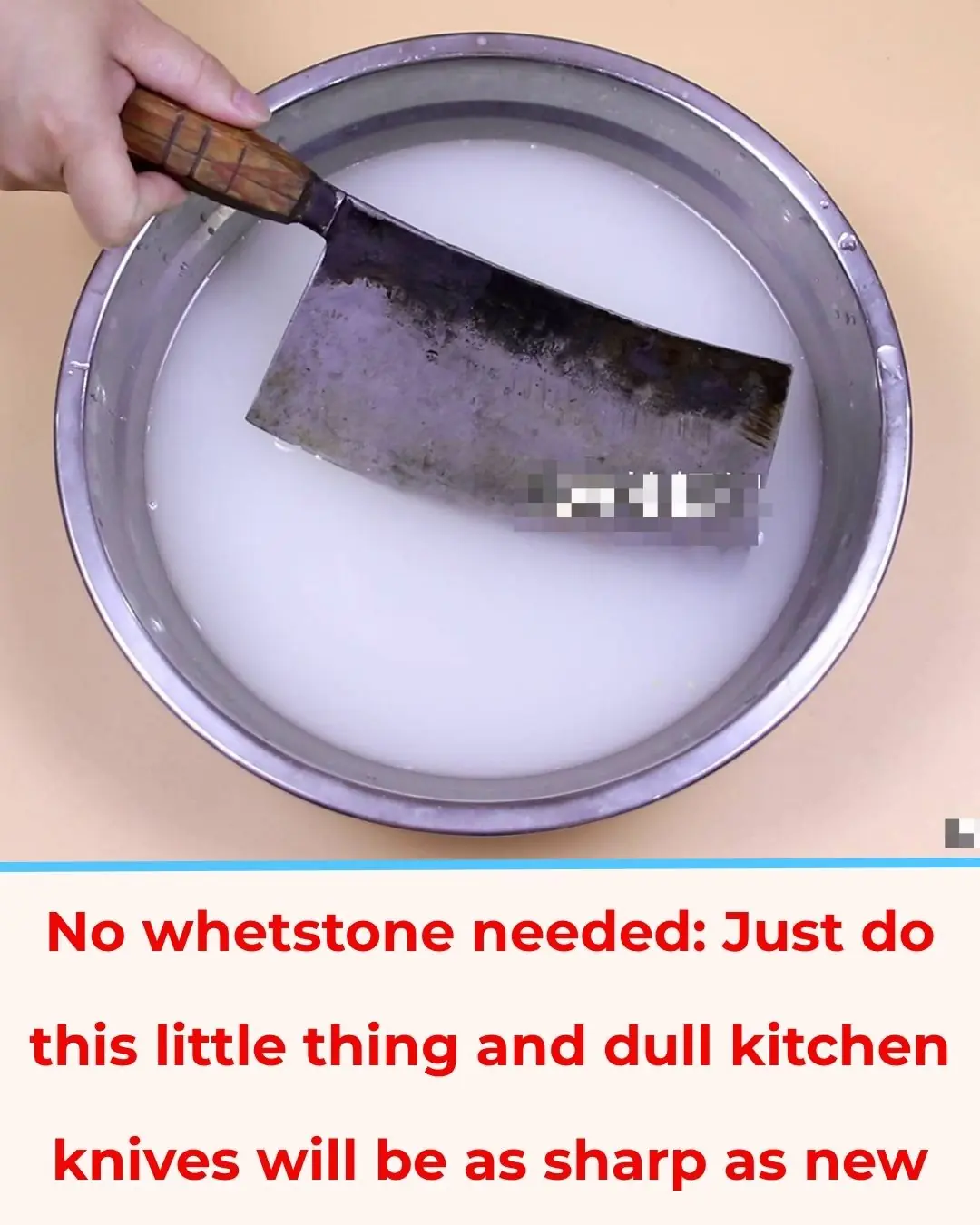
No Need for a Sharpening Stone: Just One Simple Trick to Make Your Dull Kitchen Knife as Sharp as New

My nana taught me this hack to make hair shiny in 3 mins with 0 work. Here’s how it works
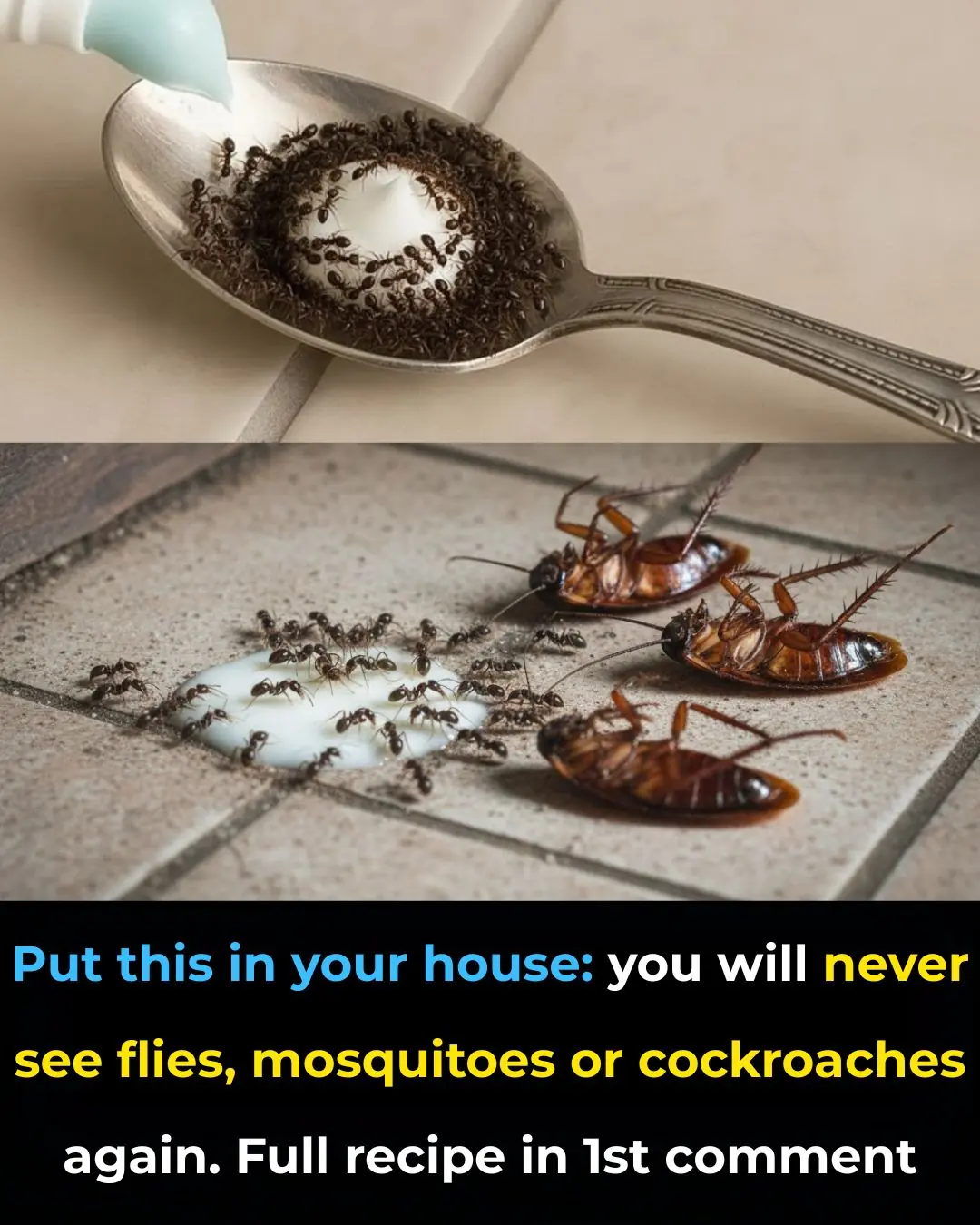
🕷️ Say Goodbye to Pests: A Natural Bathroom Trick That Helps Repel Insects
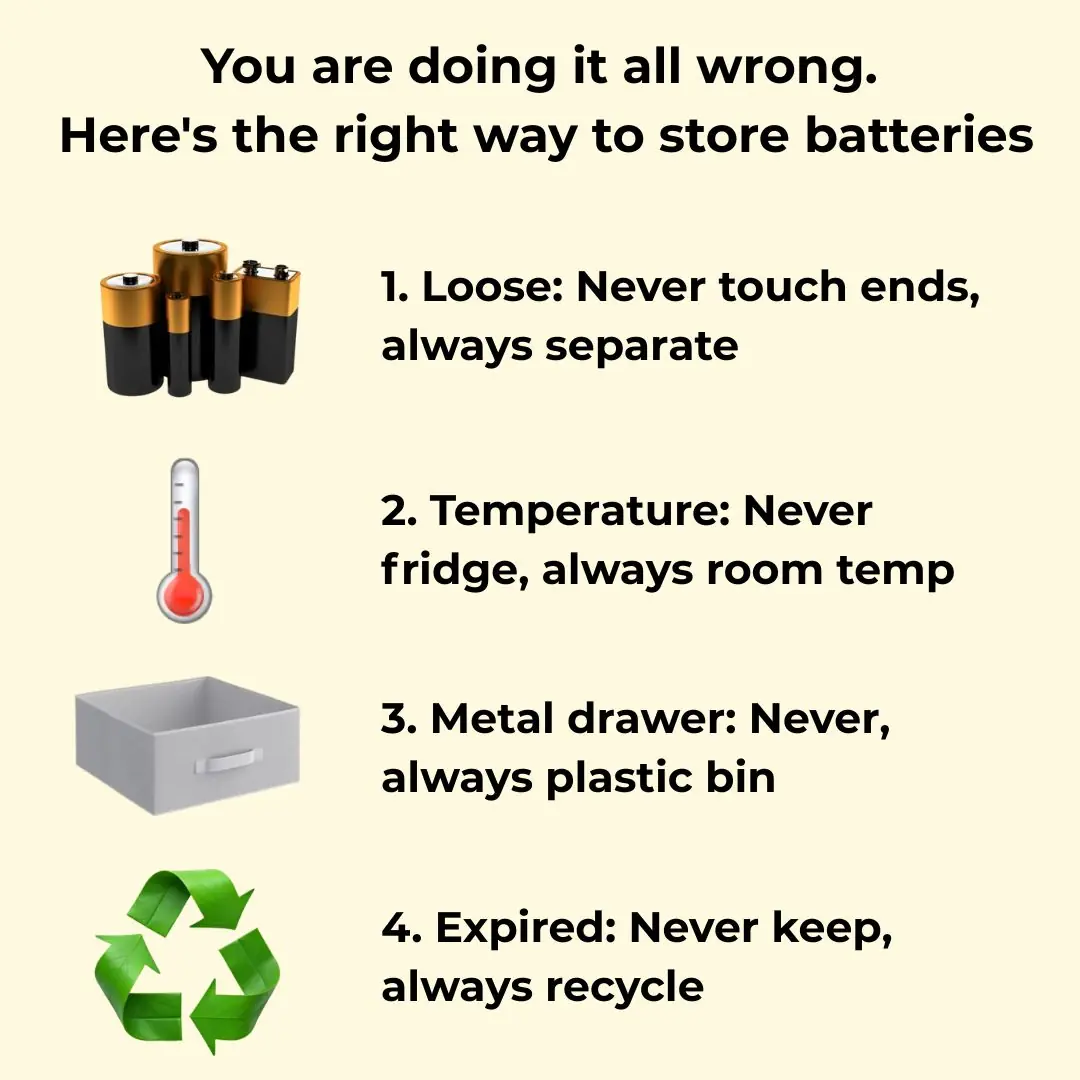
You are doing it all wrong. Here’s the right way to store batteries

Haven't heard that before

My nana taught me this hack to remove oven grease in 4 mins with 0 work. Here’s how it works

Lady places cup of vinegar into microwave. Here’s the genius reason why
News Post

You are doing it all wrong. Here’s the right way to defrost your freezer

This is new information to me!

You are doing it all wrong. Here’s the right way to store winter coats

You are doing it all wrong. Here’s the right way to clean winter boots

Why should you bury garlic in a rice bin? Special benefits, every home needs it

Washing machine smells bad, mold appears: Do this to clean it, save money calling a technician

Rice cookers have 4 places that need to be cleaned regularly, the cleaner they are, the less electricity they use.

Chef reveals: To boil crispy, crunchy, non-bitter white pig intestines, you only need one ingredient.

7 safe and effective ways to get rid of ants from your house. Anyone with a lot of ants should learn from these.

3 ways to make delicious green chili sauce and red chili sauce that everyone can learn

Growing chili peppers with only plain water: The plants are stunted and yellow, using this water will produce heavy fruit.

Tips to drive cockroaches out of your house with easy-to-find ingredients, effective and extremely safe

Ghost the Giant Pacific Octopus Captures Hearts in Her Final Moments

Collagen booster night cream!!

How China is Reshaping Online Influence Through New Rules

5 Extremely Harmful Cooking Oil Habits That Slowly Poison Your Body

No Need for a Sharpening Stone: Just One Simple Trick to Make Your Dull Kitchen Knife as Sharp as New

My nana taught me this hack to make hair shiny in 3 mins with 0 work. Here’s how it works
